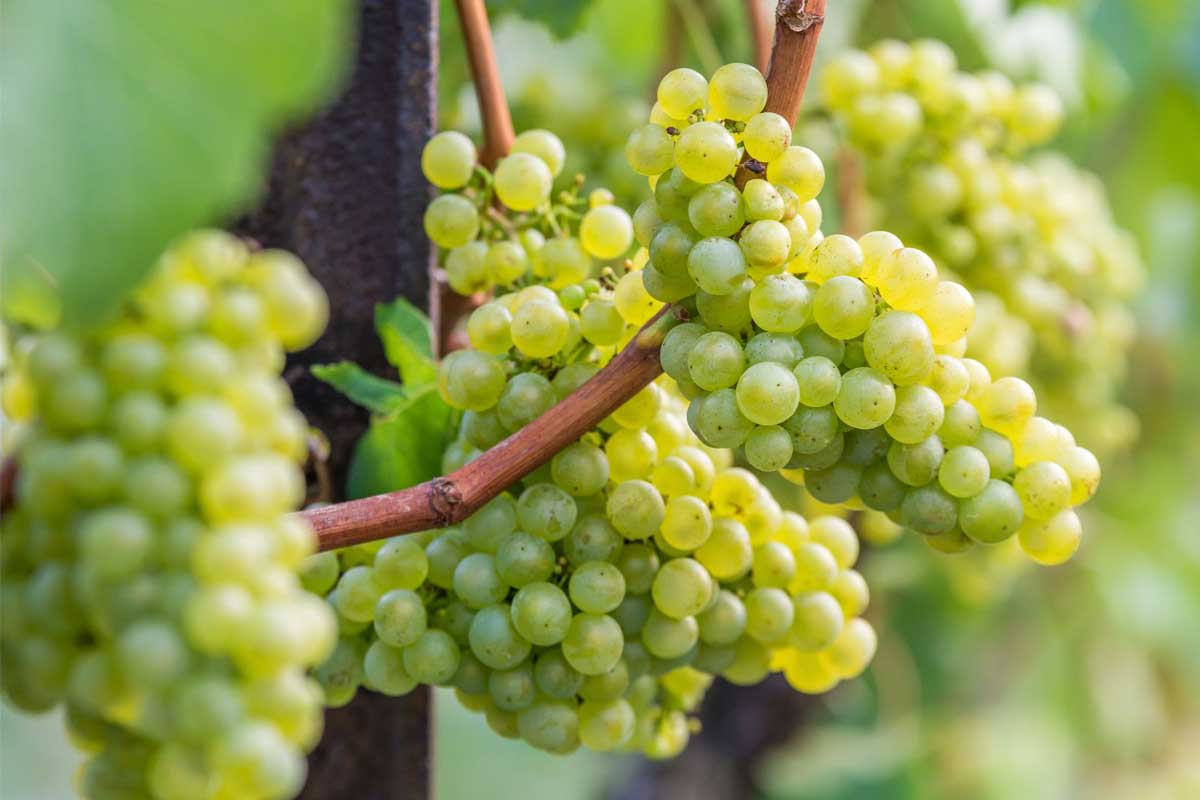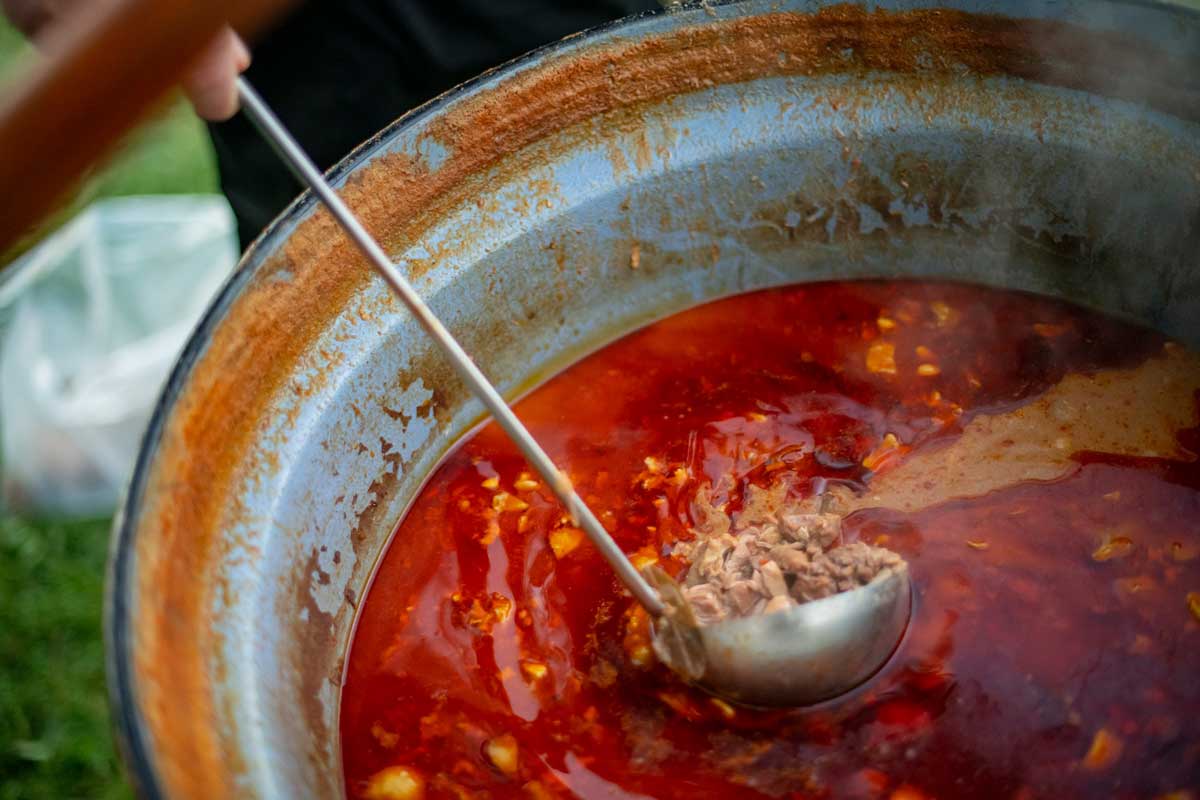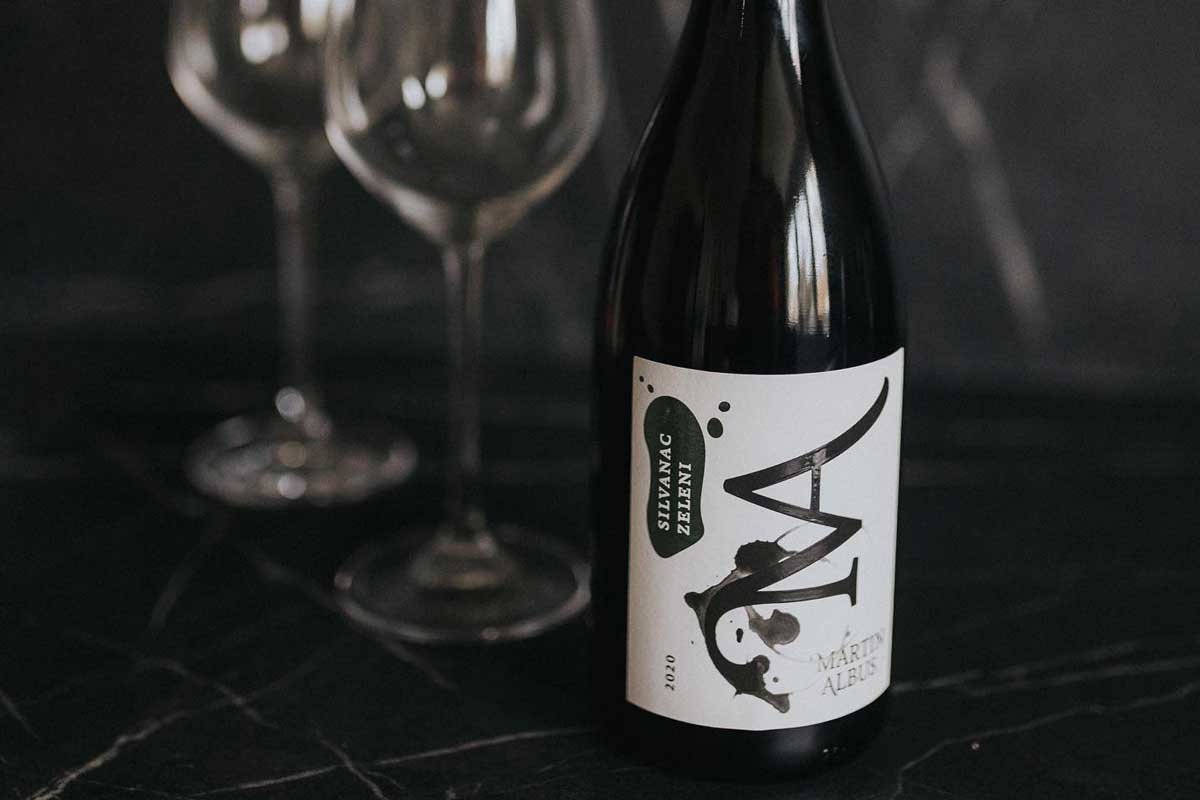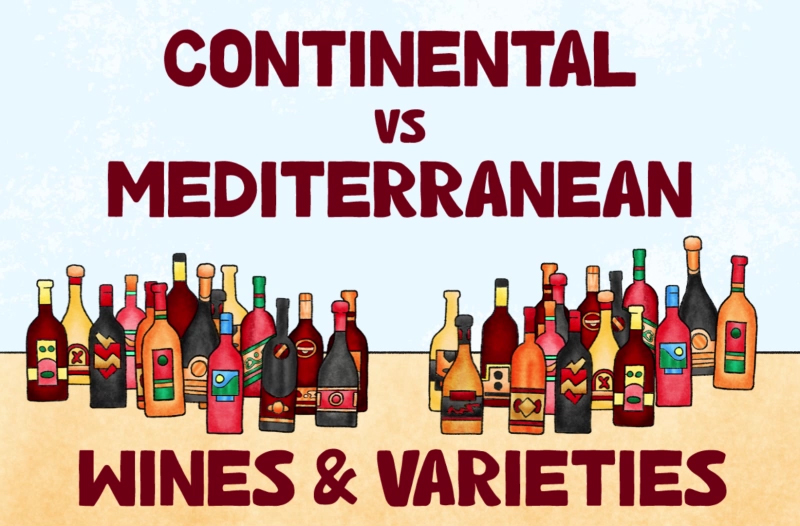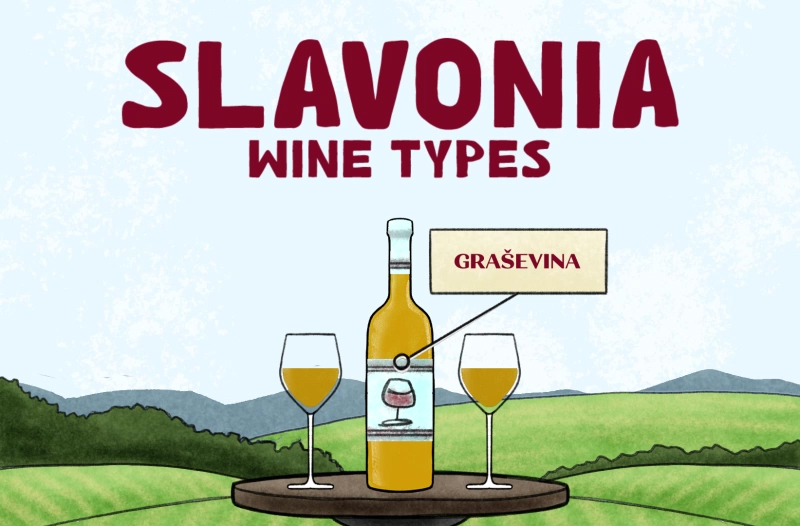Sylvaner Wine: A Comprehensive Guide to This Underrated White Gem

This guide will map out the rich history, distinct flavors, and ideal food pairings that make Sylvaner an ideal choice for any occasion. Get ready to discover your new favorite white wine!
The History of Sylvaner Wine
Sylvaner wine has roots tracing back to the Austrian Empire. People believe it comes from a mix of Traminer and Österreichisch-Weiß grapes. This grape began spreading after World War II, especially in Germany and Alsace.
For years, its fame soared. Yet, by the 1970s, things changed for Sylvaner. It got caught up in the overproduction and people didn’t want it as much. Its standing dropped as others rose to the top.
But Sylvaner didn’t disappear; it found a secure spot in Franconia in Germany where drinkers still value it today.
France recognized its worth too—specifically in Alsace Grand Cru wines-even though some thought of it as simple before that time. Now you can find Sylvaner growing not just in Europe but also in lands far away like Australia where winemakers give their own twist to this white variety’s story.
Major Regions for Sylvaner Production
Sylvaner thrives quietly in corners of the world where its nuanced elegance beckons those with a discerning palate—its story unfurls across continents, from the sun-drenched Australian landscapes to the venerable vineyards of Germany.
The Sylvaner grape finds its most significant expression within specific regions that excel in nurturing this variety. The following areas are renowned for their Sylvaner wines, each bringing a unique character to the table.
France
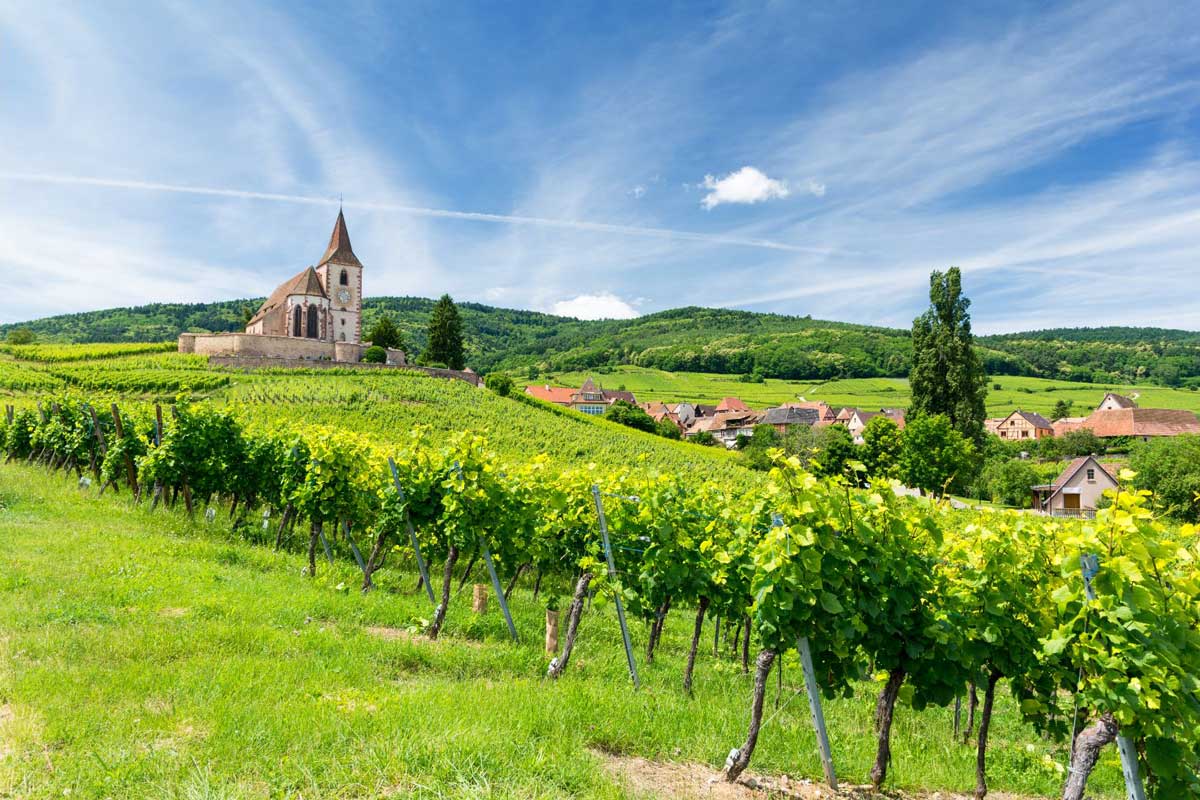
In Alsace, Sylvaner is respected for its crisp, aromatic qualities, often found in the region’s light and fresh wines. Particularly noteworthy is the Zotzenberg vineyard, the Alsace Grand Cru vineyard where Sylvaner is permitted to be cultivated as a Grand Cru. Here Sylvaner reveals all the finesse and saltiness of the Zotzenberg terroir.
French Sylvaners often carry hints of citrus and green apple with a mineral backbone. Think about sitting outside on a spring day – these are perfect sips for such moments! In Alsace, winemakers cherish tradition but also innovate; their dedication has kept Sylvaner alive even as other varieties vie for attention.
Austria
Sylvaner is less prominent in Austria than one might expect. Though it’s not listed among the top wine regions for this grape, the country still has its fair share of Sylvaner vineyards.
In these areas, winemakers often focus on other varietals like Grüner Veltliner and Riesling. That said, some Austrian producers experiment with Sylvaner to create unique wines that reflect their distinct terroir.
Austrians may not grow much Sylvaner but they have mastered the art of winemaking with other similar grapes. They use skills honed over generations to produce wines rich in flavor and history.
While sipping an Austrian wine, you might taste notes reminiscent of Sylvaner’s delicate touch thanks to Austria’s diverse climate and adept vintners.
Germany

Germany is central to Sylvaner’s history, with Franken often considered the grape’s premier growing area. Here, it can produce wines with more body and richness compared to those from Alsace.
The Pfalz and Nahe regions stand out for their exceptional Sylvaner production. Rheinhessen also contributes significant plantings, offering a range of Sylvaner wines that skew towards the fresher and more aromatic profile.
This white wine often pairs perfectly with the new season’s asparagus, a particularly tasty spring dish in Germany.
Germany brought Silvaner into its fields back in the 17th century. Today, German vineyards are known for producing wines with unique character, including Grüner Silvaner and Franken Riesling.
These wines reflect the rich tradition of German winemaking and add diversity to the country’s already renowned wine portfolio.
United States
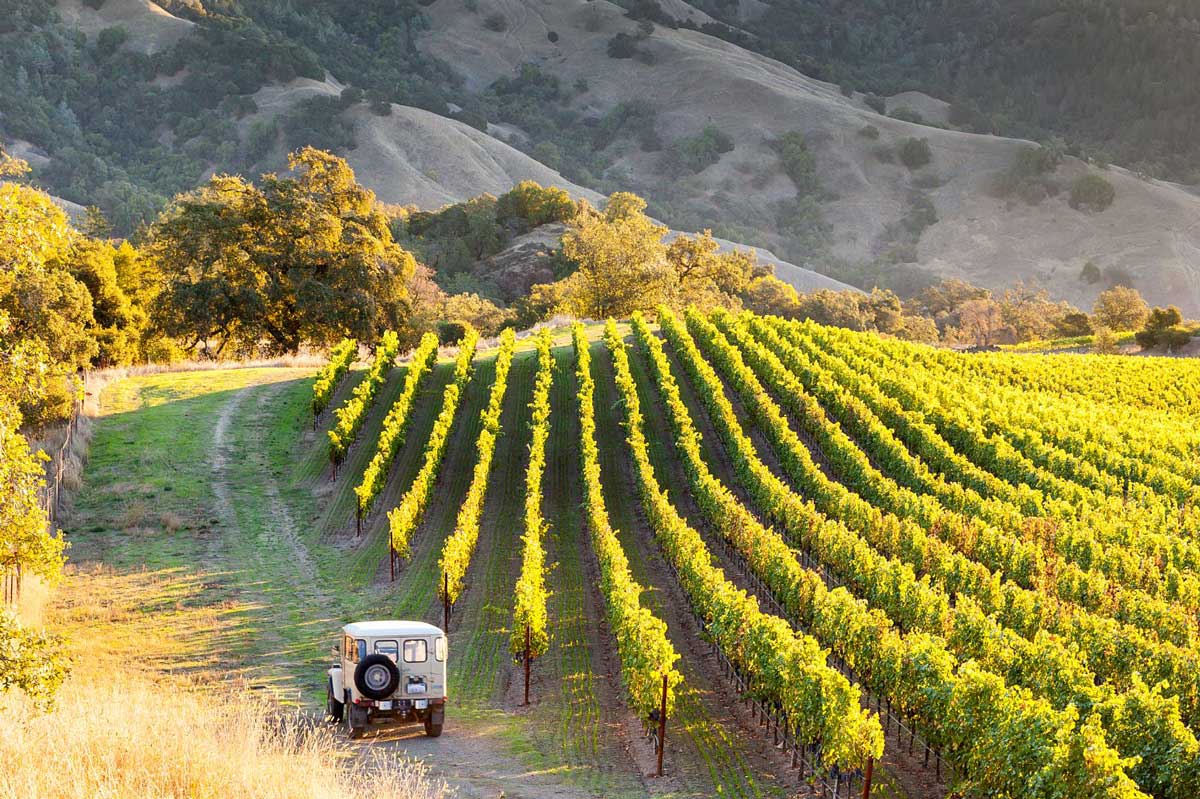
Today, Sonoma County shines as a diverse hub for white wines like Sonoma Riesling and other varietals. Across the state border, Oregon takes pride in its own Sylvaner vines that contribute to the region’s reputation for quality wines.
These American regions blend tradition with innovation. They focus on creating wines that reflect their unique climates and soils. As part of this endeavor, they explore various grape varieties including Pinot Blanc and Gewürztraminer alongside Sylvaner—each bringing distinctive flavors to the palate.
Croatia
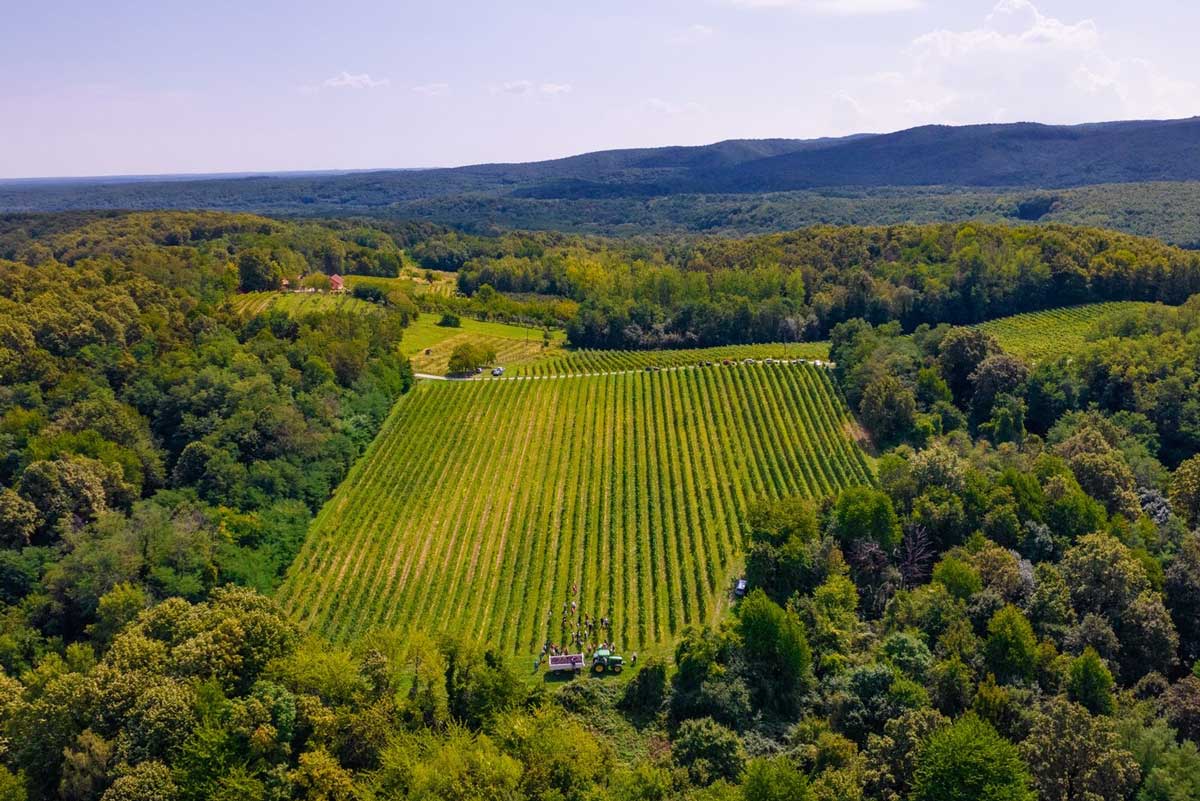
Across these diverse areas, Sylvaner adapts to various microclimates and soils, reflecting unique expressions of terroir in lesser-known yet equally intriguing wines.
Sylvaner is the pride of Orahovica vineyards. It is very sensitive to the particular terroir, and it is precisely in Orahovica that it has found an ideal habitat and produces excellent premium wines. Vivid yellow-green, with embedding freshness, and refined aroma, Martin Albus Sylvaner is the perfect example.
Sylvaner’s journey from its European roots has been modest, with limited expansion outside its traditional growing areas. This reserved expansion mirrors the grape’s flavor profile – unassuming yet capable of finesse and grace. As global wine preferences evolve, Sylvaner may likely find a wider audience appreciative of its subtle complexity and food-friendly nature.
Sylvaner Wine’s Delicate Flavors
In the exploration of Sylvaner wine’s sensory experience, particular attention is given to its distinct aroma and flavor profiles, which showcase this varietal’s unique characteristics.
Aroma profile
Sylvaner wine teases the palate with subtle tastes. It often features hints of green apple, pear, and delicate blossoms. Citrus notes may surface, bringing a bright zing. Sometimes you’ll catch whispers of spicy elements or fresh-cut grass aromas.
Sylvaner can also carry subtle floral undertones similar to those found in Traminer and Riesling. The finest examples preserve the mineral saltiness expressing it in the glass.
Flavor and Texture
This wine’s light body pairs well with its quiet complexity. Each sip offers a soft acidity and minerality that refreshes without overpowering. Drinkers love Sylvaner for these gentle flavors that create an elegant experience.
Sylvaner lacks the tannins, delivering a smooth texture. Sylvaner’s flavor is marked by medium-high acidity, akin to Grüner Veltliner and Sauvignon Blanc.
The varietal carries a moderate alcohol content, typically between 11.5-13.5% ABV, which contributes to its overall balance and makes it suitable for various food pairings.
Food Pairings with Sylvaner Wine
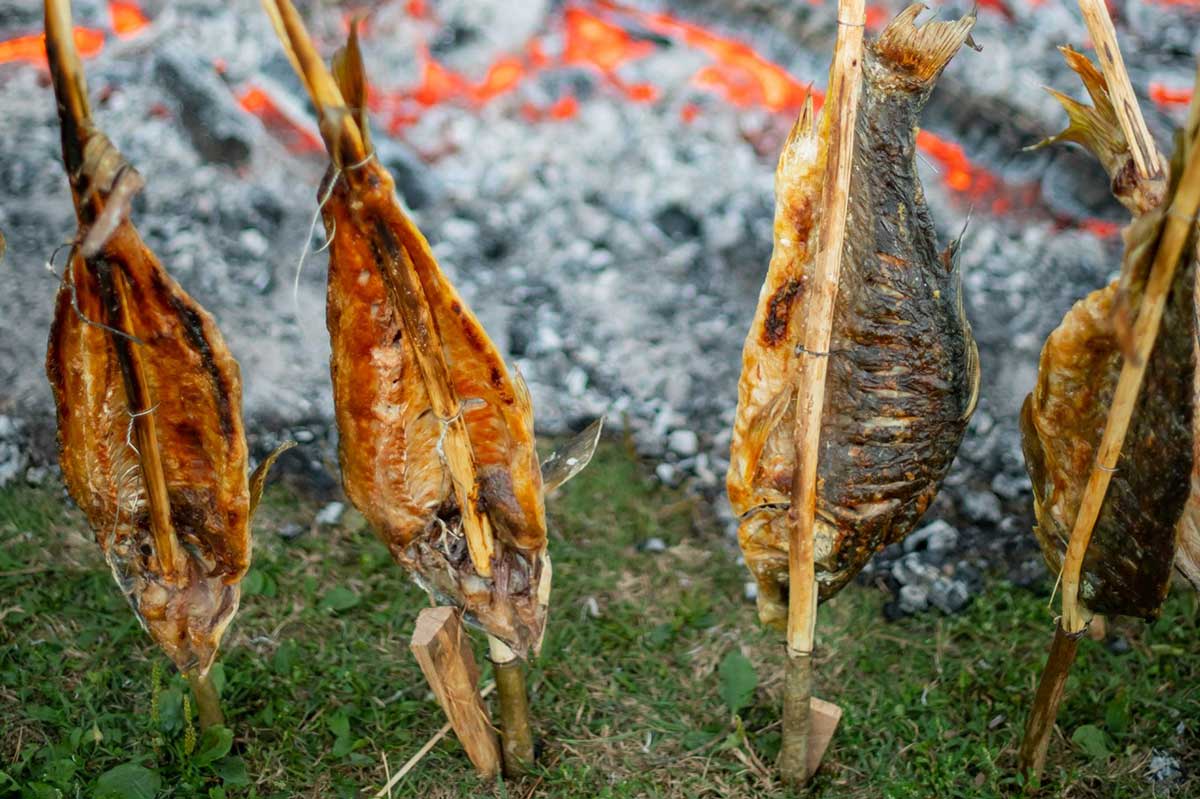
- Fresh salads and Sylvaner are perfect together. The wine’s light notes highlight greens and vinaigrettes.
- Tapas, with their varied flavors, match well with Sylvaner’s balanced taste.
- Shellfish like oysters and clams shine when paired with this crisp white wine.
- Grilled fishes gain an extra layer of flavor from Sylvaner’s subtle fruitiness.
- Swordfish steaks get a refreshing lift with a glass of Sylvaner by their side.
- Sautéed scallops and Sylvaner make for a sophisticated combo; the wine complements the delicate seafood taste.
- Vegetables find a friend in Sylvaner. This pairing lights up any veggie dish.
- Asparagus, often tricky to match, works wonderfully with Sylvaner. The wine cuts through the vegetable’s earthiness.
- Austrian cuisine has many dishes that go great with Sylvaner, enhancing the dining experience.
- Even venison’s robust taste can be softened by Sylvaner’s gentle notes, creating harmony on the palate.
- Asian foods bring spice and sweetness that Sylvaner can handle, adding depth to every bite.
- Mediterranean dishes come alive when sipped with this understated yet elegant wine
Serving Suggestions
Serving Sylvaner at the right temperature is crucial. Ideal serving temperatures range between 45-52°F (7-12°C), which allows the wine to express its full bouquet.
It’s recommended to serve Sylvaner in a white wine glass to focus the aromas towards the nose, enhancing the tasting experience.
Decanting is not necessary for Sylvaner, as its charms are best appreciated fresh from the bottle. This doesn’t mean it won’t require some time to open up in the glass.
To summarize the experience, Sylvaner wine should be served chilled and is best appreciated when paired with foods that echo its refreshing and earthy qualities.
Notable Sylvaner Producers
Sylvaner wine, while sometimes overshadowed by more renowned varietals, boasts exceptional expressions from notable producers.
Among these, Domaine Ostertag in Alsace stands out for its Sylvaner wines that echo the vibrancy of early spring. The winemaker’s approach results in Sylvaner which is both fresh and joyful, pairing beautifully with Alsatian cuisine.
In Germany, Horst Sauer is highly regarded for their contributions to the Sylvaner tradition. Their wines are characterized by precision and a keen representation of the terroir found in the Franconia region, enhancing the grape’s unique profile. Most Franconia Silvaner wines still come in traditional “Bocksbeutel” bottles, which translates to “goat scrotum.”
Wittmann, from the German wine region of Rheinhessen, is a producer known for their commitment to organic viticulture. They produce Sylvaner that is expressive of their dedication to purity and excellence, revealing the potential of the grape with every sip.
There is a single vineyard Sylvaner made in Croatia – Martin Albus Sylvaner. Sylvaner is traditionally grown in Orahovica vineyards. Martin Albus single vineyard wine is pushing the boundaries of Sylvaner.
Aging on the sun-drenched, southeastern side, embraced by warm breezes with a reduced yield, gives this wine an ideal harmony – a synergy of fruity aromas of green apple, vineyard peach, and zesty citrus. It is precisely this richness of flavor that makes this wine an ideal partner for sea bass carpaccio, sushi/sashimi, oven-baked fish in salt, and – “štrukla” (pulled pasta dish with cheese fillings).
Conclusion
Sylvaner wine truly shines with its light, floral notes, and crisp taste. It’s perfect for anyone wanting a refreshing sip with substance, lingering on the palate. Think about how this underrated white could fit into your next meal or gathering. You can hardly miss it because Sylvaner is incredibly versatile.
Imagine pairing it with your favorite seafood dish or fresh salad. No mistakes there. However, remember that Sylvaner offers delightful still, sparkling, and dessert wine options.
Take a chance on Sylvaner—let it surprise you with its versatility and charm!
Frequently Asked Questions
What kind of wine is Sylvaner?
Silvaner wine is a crisp and refreshing white wine with a light floral bouquet, and notes of citrus fruits and herbs. Sylvaner has high acidity and can produce elegant wines on good sites with skilled winemaking. The wine is known for its versatility and can be produced in various styles including still, sparkling, and dessert wines.
Is Silvaner aromatic?
Yes, Sylvaner is considered an aromatic wine. It is a white wine grape variety known for producing wines with delicate aromas and flavors. Sylvaner wines often exhibit floral notes along with hints of citrus, stone fruits, and sometimes a touch of spice.
The aromatic profile can vary depending on factors such as terroir, winemaking techniques, and aging processes. Overall, Sylvaner is appreciated for its pleasant and fragrant characteristics.
What does Sylvaner wine taste like?
Sylvaner wines often exhibit a dry, medium-light body with vibrant freshness, and they are famous for their subtle flavors that may include notes of passion fruit, orange blossom, and herbs. The absence of oak influence typically allows the varietal’s minerality, reminiscent of flint, to shine through.
What food pairs with Sylvaner?
Sylvaner wine pairs well with a variety of foods due to its balanced acidity and freshness. It complements dishes like seafood, asparagus, salads with tangy dressings, and fresh cheeses. Its medium-high acidity allows it to cut through richer, cream-based dishes, making it a versatile choice for the table.
Where did the Sylvaner come from?
It is a cross between Traminer and the variety Österreichisch-Weiß and is thought to have originated in the Austrian Empire. Most Sylvaner wines today come from Germany’s Franken region and Alsace in France. With roots in Austria, it is often compared to other white wines grown in the Central Europe region. Notable examples come also from Slovenia and Croatia!
Where is Sylvaner grown?
Sylvaner, also known as Gruner Silvaner, is a white wine grape primarily grown in Alsace and Germany. Sylvaner is also grown in Australia, Austria, Croatia, and other regions, with varying degrees of popularity.



